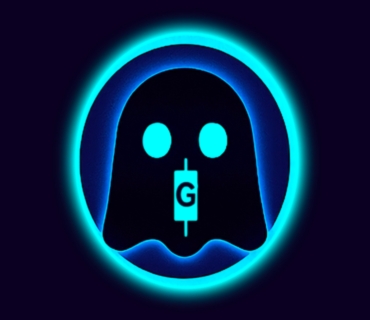What Is a Consensus Mechanism?
A Consensus Mechanism is the process by which a blockchain network agrees on the validity of transactions and ensures that all participants share the same version of the ledger.
Because blockchains are decentralized and have no central authority—no bank, no manager, no governing body—nodes (computers on the network) must find a fair and secure way to agree on what’s true. The method they use to reach that agreement is called consensus.
Why Consensus Matters
In traditional systems, a single central database decides what is valid. In blockchain, thousands of independent computers must agree on one record of truth. Consensus mechanisms solve three essential problems:
-
Preventing Double-Spending: Ensuring that no one can spend the same coin twice.
-
Ensuring Trust: Verifying that every transaction follows the rules, even without intermediaries.
-
Securing the Network: Making it extremely difficult for bad actors to rewrite history or falsify data.
Without a consensus mechanism, a blockchain would quickly fall apart—because anyone could create fake transactions or manipulate data at will.
How Consensus Works
Each blockchain uses a specific algorithm to reach agreement. When new transactions are broadcast, they’re collected into blocks. The network’s participants then verify those transactions and reach consensus on which block should be added to the chain. Once consensus is reached, the block is permanently attached, and all nodes update their records.
This agreement is achieved not by trust, but by cryptography and mathematics.
The Most Common Consensus Mechanisms
1. Proof of Work (PoW)
-
Used by: Bitcoin (BTC) and earlier blockchains.
-
How it works: Miners compete to solve complex mathematical puzzles. The first to find a valid solution adds the next block and receives a reward.
-
Strength: Highly secure and battle-tested.
-
Weakness: Energy-intensive and slower compared to newer methods.
2. Proof of Stake (PoS)
-
Used by: Ethereum (ETH), Cardano (ADA), XDC Network, and many others.
-
How it works: Validators are chosen to confirm transactions based on how much cryptocurrency they “stake” as collateral.
-
Strength: Energy-efficient and scalable.
-
Weakness: Wealthier participants can have more influence, though governance rules often balance this.
3. Delegated Proof of Stake (DPoS)
-
Used by: Stellar (XLM), EOS, and Tron.
-
How it works: Token holders vote for trusted delegates who validate transactions on their behalf.
-
Strength: Fast and democratic.
-
Weakness: More centralized than PoS.
4. Proof of Authority (PoA)
-
Used by: VeChain, Flare Network, and enterprise chains.
-
How it works: A small number of verified authorities validate transactions.
-
Strength: Very fast and efficient for corporate use.
-
Weakness: Less decentralized.
5. Hashgraph Consensus
-
Used by: Hedera (HBAR).
-
How it works: Uses a gossip protocol and virtual voting system where nodes share data rapidly until all reach agreement.
-
Strength: Lightning fast, energy-efficient, and mathematically fair.
Why Different Blockchains Use Different Consensus Methods
Each blockchain has unique goals.
-
Bitcoin prioritizes absolute security and immutability.
-
Ethereum focuses on scalability and smart contract execution.
-
Hedera and Flare emphasize speed and enterprise-grade stability.
The consensus mechanism defines how a blockchain achieves its balance between decentralization, performance, and security.
Challenges in Consensus Design
Even with strong cryptography, consensus systems face real challenges:
-
Balancing speed and security.
-
Preventing collusion between large validators.
-
Keeping the network decentralized as it grows.
Developers continuously innovate to create more efficient, sustainable, and fair consensus methods for the evolving blockchain landscape.
Summary
A Consensus Mechanism is the heartbeat of every blockchain—it’s how thousands of independent computers agree on one version of truth without trusting each other.
From Proof of Work to Proof of Stake, from Delegated models to Hashgraph, each system reflects the same goal: to create a world where trust is replaced by mathematics, and transparency replaces control.
Consensus is what keeps decentralized networks honest, secure, and united.



Add comment
You must be logged in to post a comment.